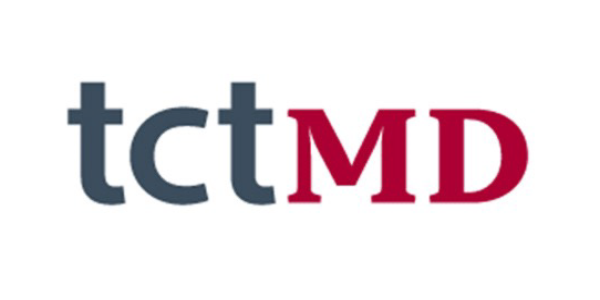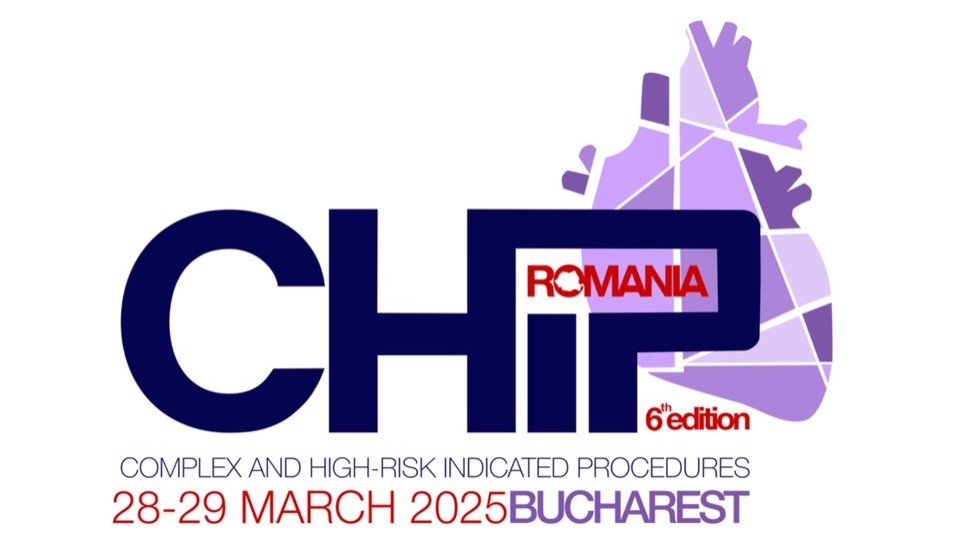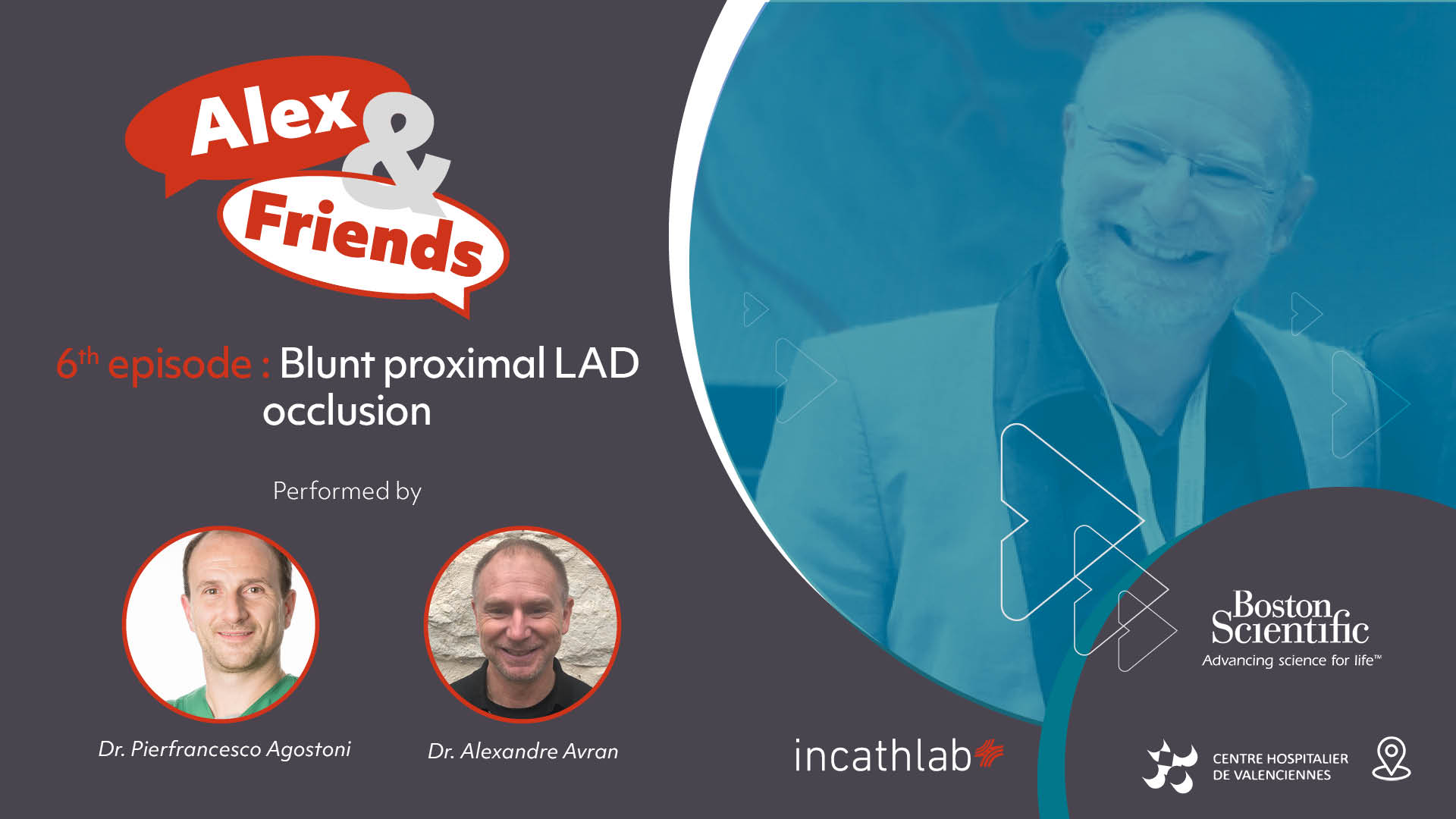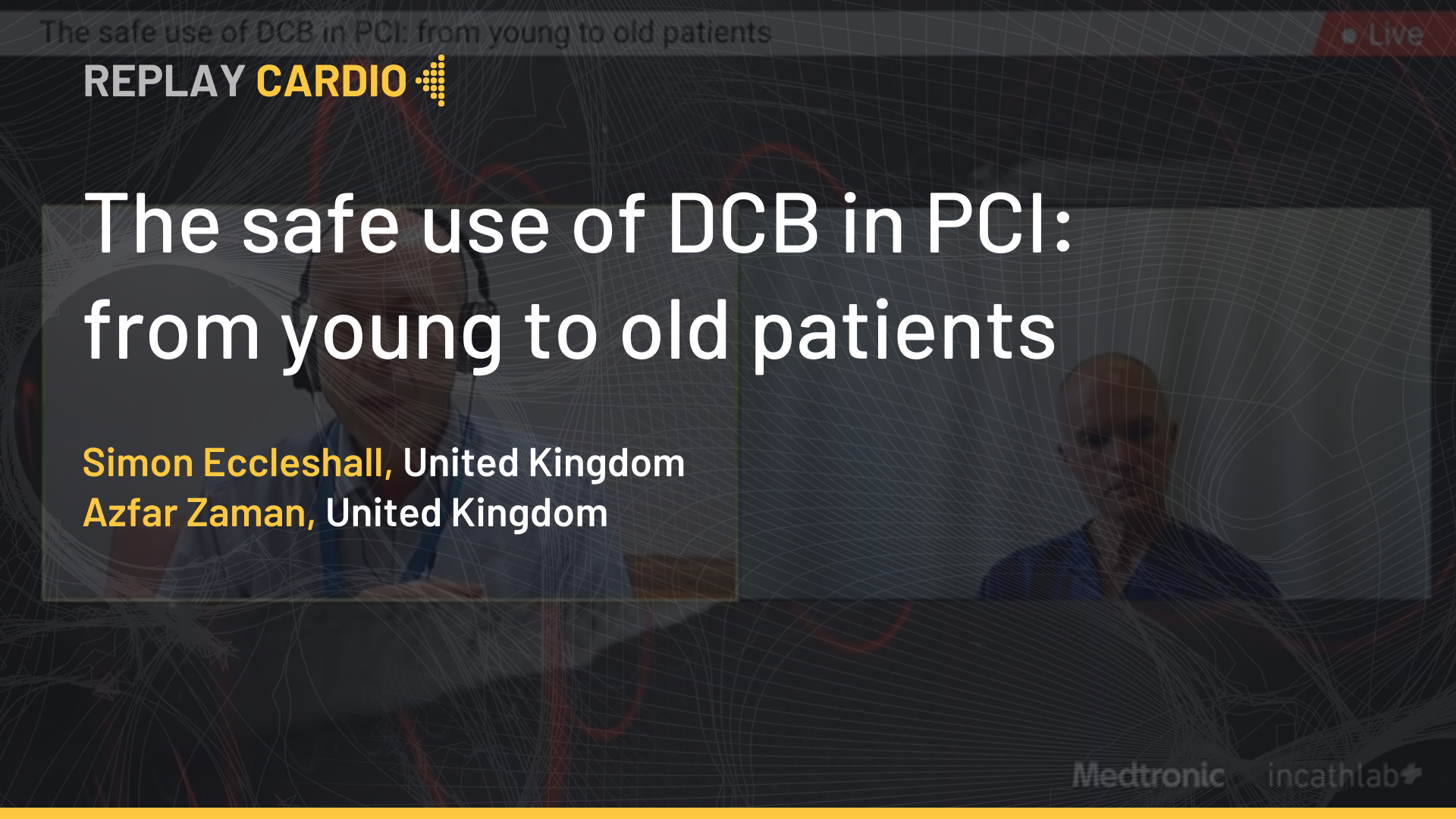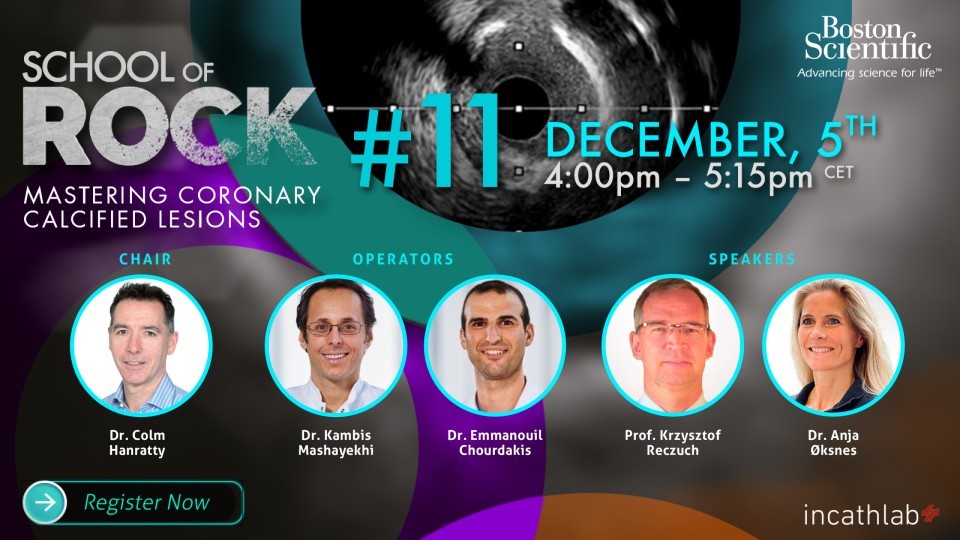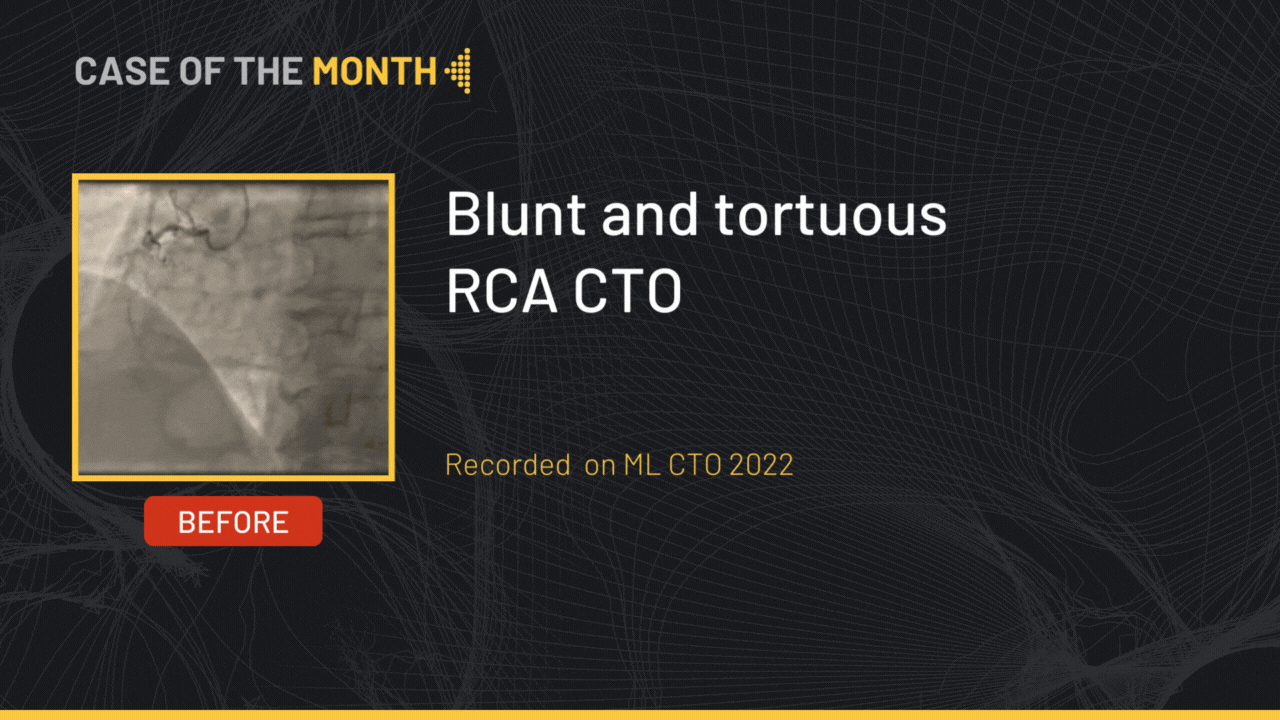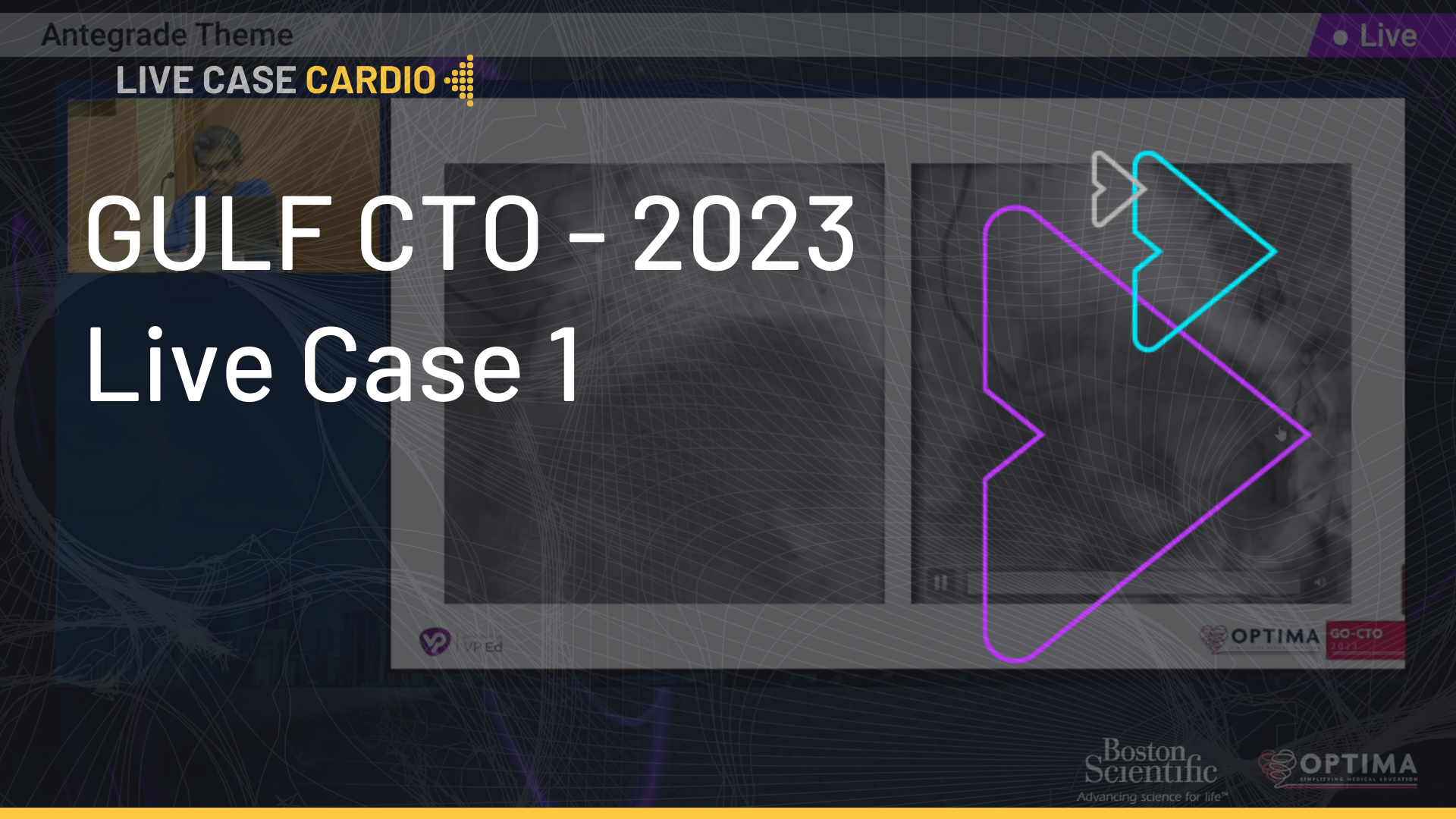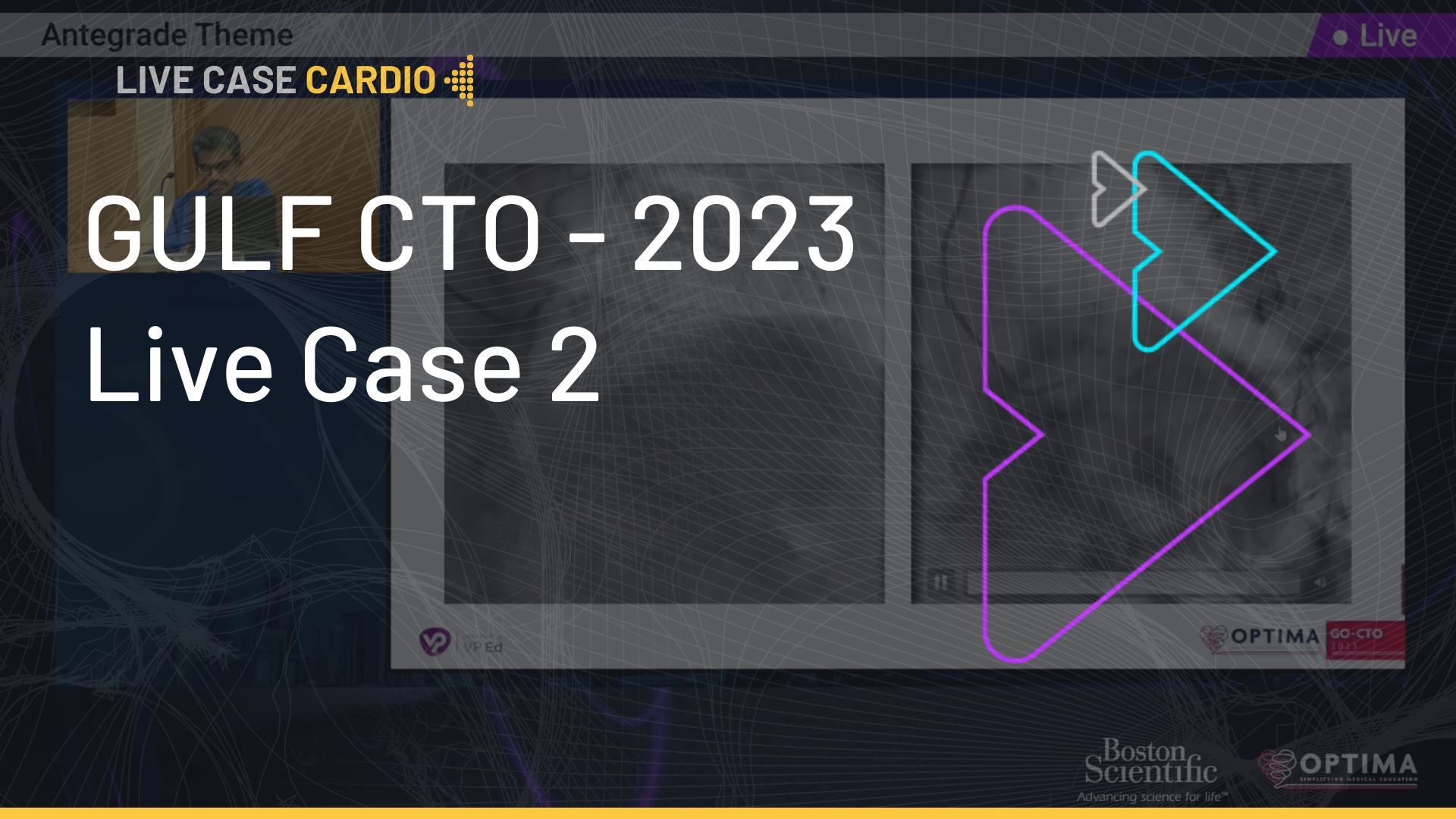×
Il semble que vous utilisiez une version obsolète de internet explorer. Internet explorer n'est plus supporté par Microsoft depuis fin 2015. Nous vous invitons à utiliser un navigateur plus récent tel que Firefox, Google Chrome ou Microsoft Edge.
My Player placeholder

Devenez membre d'Incathlab et bénéficiez d'un accès complet !
Vous devez être membre pour accéder aux vidéos Incathlab sans limitation. Inscrivez vous gratuitement en moins d'une minute et accédez à tous les services Incathlab ! Vous avez aussi la possibilité de vous connecter directement avec votre compte facebook ou twitter en cliquant sur login en haut à droite du site.
Inscription Connexion
Inscription Connexion
90663 vues
- Mr Gin M.
- 70 years old
- CABG : 1999
- Hypersplenism : Surgery (2003) > Anticoagulation
- ACS with troponin = 10
- RBB with ST-V5-V6-aVL
TOOL BOX Trans Radial Approach
Prepared by B. FAURIE & J. AZZI
1 - Puncture
- Home made plexiglass arm board for wrist hyperextension
- Emla® cream 1H before procedure on both wrists
- Local anesthesia with 1ml of Xylocaine® 1%.
- Venous canula 20 G built in the introducer kit
- Radial cocktail injected through the sheath: verapamil 3mg, Risordan® (Trinitrine) 2mg
- IV Heparin 70 UI/kg (100UI/kg if PCI)
2 - Introducers
- Cordis RadialSource™ introducer kit available in 6.5 - 10 – 20 cm in 4F, 5F and 6F with a short 20G venous canula and either 0.014" polymer coated guidewire or 0.018" spring guidewire
- Terumo Radifocus® introducer kit available in 7 and 10 cm in 4F, 5F, 6F with venous canula and plastic 0.021" wire
- Merit Medical Prelude® available in 4F, 5F and 6F
- Terumo Extralong (25cm) hydrophilic Radifocus® introducer for coronary spasm expertise (Methergin® testing) or extreme radial tortuosity. No spasmolytic cocktail administered
- Increase introducer diameter (4 to 5F or 6 or 7F...): Terumo or Cordis femoral introducer on the 0.035" J wire in place or SheathLess guiding catheter
3 - Wires for catheters advancement
- Cordis Emerald™ .035” J spring wire 150cm
- Boston Scientific .035” J spring wire 150cm
- Cordis .035" Aquatrack™, hydrophilic guidewire if failure of .035” spring wire
- Terumo.035” Angled Glidewire Advantage™ (180cm) if failure of .035” spring wire (Terumo Glidewire®: J Tip .035”, 180cm length, Product Code #HR35183M)
- .014“Abbott Vascular BMW®, Pilot® 50 in case of extreme radial tortuosity or loops
- No need for exchange wires (210 or 260cm) if you use the hydrophilic mandrin technique : strong serum flushing with a 10cc luerlock syringe over the .035’ wire leaning against the aortic cusp
- Amplatz Extra stiff spring wire 150cm if subclavian or inominate tortuosity or calcifications for catheters exchange
4 - Catheters
A- Diagnostic :
- Coronary :
-Peripheral angiogram:
B- Intervention :
-LCA :
-RCA:
- Cordis® Vista Brite Tip® 5 or 6F Barbeau – JFR or AL1 if more backup needed
- Peripheral :
a: Renal, Mesenteric :
- Cordis® Vista Brite Tip® 6F LBT MP 125cm or Barbeau 125cm
- Asahi Intecc SheathLess MP 100cm (small persons)
b: Iliac: Cordis® Vista Brite Tip® 6F LBT MP 125cm
c: Carotid: Cook shuttle® or Asahi Intecc SheathLess 7.5 or 8.5F MP 100cm
5 - Specific devices
- Cordis® 4 & 5F Judkins right and left (JL 3.5; JR 4), if elderlies patients or small sized persons
- Cordis® 5F Barbeau for other patients. 1 cath for LCA, RCA and LV
- Cordis® 5F and 6F RBL 4 / RBL 5, 1 cath for LCA and RCA
- Terumo TIGER (4; 4.5; 5) for LV angiogram: 5F Angled pigtail
For Bypass:
- JR for SVG and LIMA
- AL1 and Barbeau for SVG
- Cordis Modified Mammary cath for selective injection of RIMA and LIMA via Right Radial: IM Barbeau or IM Bartorelli Cozzi
- Cordis Multipurpose 5F for GE graft
-Peripheral angiogram:
- Cordis Multipurpose 125cm for selective injections of mesenteric, renals, iliacs
- Simmons for carotids and subclavian
- Cordis Markerband pigtail 125 cm (NEW!) for pre-TAVI aortic and ilio-femoral measurement
- Cordis and Cook Medical Pigtail 125 cm 4F and 5 F
B- Intervention :
-LCA :
- Cordis® Vista Brite Tip® 5 or 6F XB 3, 3.5, 4 – JFL ST and LT
- Terumo Heartrail® II BL 3.5, 4
- Medtronic Launcher® 5 or 6 F EBU 3, 3.5 , 4
- Asahi Intecc SheathLess 6.5, 7.5 or 8.5F. PB4
-RCA:
- Cordis® Vista Brite Tip® 5 or 6F Barbeau – JFR or AL1 if more backup needed
- Terumo Heartrail® II 5 and 6 F Ikari Right or AL1
- Asahi Intecc SheathLess 6.5, 7.5 or 8.5F. AL1 or 2
- Medtronic Launcher® AR1, AR2, ALR1,2, AL1 and AL2
- Peripheral :
a: Renal, Mesenteric :
- Cordis® Vista Brite Tip® 6F LBT MP 125cm or Barbeau 125cm
- Asahi Intecc SheathLess MP 100cm (small persons)
b: Iliac: Cordis® Vista Brite Tip® 6F LBT MP 125cm
c: Carotid: Cook shuttle® or Asahi Intecc SheathLess 7.5 or 8.5F MP 100cm
5 - Specific devices
Active intubation and mother and child systems
- Terumo Heartrail® II 5 in 6 - 120cm
- Vascular solutions Guideliner® 5-in-6, 6-in-7, 7-in-8
- Abbott Vascular Wiggle® .014” wire by for increasing deliverability of stents in tortuosity and calcifications
6 - Closing devices
- Home made rolled pile of gauze with elastic adhesive tape. Good for very thin wrist
- Terumo TR Band™ Product Code: XX*RF06 (Regular; 24cm)
- Access Closure Bengal™ Radial compression band
- Merit Medical Finale™ compression device
- Saint-Jude Radistop™ compression assist device

Date du tournage : 02/09/2011
Dernière mise à jour : 09/06/2021
Dernière mise à jour : 09/06/2021
Suggestions
Vendredi 28 mars 2025 de 08h à 22h (GMT+1)
Honolulu : Jeudi 27 mars 2025 de 20h à 10h (GMT+1)
San Francisco : Jeudi 27 mars 2025 de 22h à 12h (GMT+1)
New York : Vendredi 28 mars 2025 de 01h à 15h (GMT+1)
Buenos Aires : Vendredi 28 mars 2025 de 03h à 17h (GMT+1)
London / Dublin : Vendredi 28 mars 2025 de 06h à 20h (GMT+1)
Paris / Berlin : Vendredi 28 mars 2025 de 07h à 21h (GMT+1)
Istanbul : Vendredi 28 mars 2025 de 08h à 22h (GMT+1)
Moscou / Dubaï : Vendredi 28 mars 2025 de 10h à 00h (GMT+1)
Bangkok : Vendredi 28 mars 2025 de 13h à 03h (GMT+1)
Shanghai : Vendredi 28 mars 2025 de 14h à 04h (GMT+1)
Tokyo : Vendredi 28 mars 2025 de 15h à 05h (GMT+1)
Sydney : Vendredi 28 mars 2025 de 16h à 06h (GMT+1)
Wellington : Vendredi 28 mars 2025 de 18h à 08h (GMT+1)
San Francisco : Jeudi 27 mars 2025 de 22h à 12h (GMT+1)
New York : Vendredi 28 mars 2025 de 01h à 15h (GMT+1)
Buenos Aires : Vendredi 28 mars 2025 de 03h à 17h (GMT+1)
London / Dublin : Vendredi 28 mars 2025 de 06h à 20h (GMT+1)
Paris / Berlin : Vendredi 28 mars 2025 de 07h à 21h (GMT+1)
Istanbul : Vendredi 28 mars 2025 de 08h à 22h (GMT+1)
Moscou / Dubaï : Vendredi 28 mars 2025 de 10h à 00h (GMT+1)
Bangkok : Vendredi 28 mars 2025 de 13h à 03h (GMT+1)
Shanghai : Vendredi 28 mars 2025 de 14h à 04h (GMT+1)
Tokyo : Vendredi 28 mars 2025 de 15h à 05h (GMT+1)
Sydney : Vendredi 28 mars 2025 de 16h à 06h (GMT+1)
Wellington : Vendredi 28 mars 2025 de 18h à 08h (GMT+1)
Complex & High-Risk Indicated Procedures
Discover the 6th edition - Day #1
Partager
Jeudi 1 er juin 2023 de 17h à 18h (GMT+2)
Honolulu : Jeudi 1 er juin 2023 de 05h à 06h (GMT+2)
San Francisco : Jeudi 1 er juin 2023 de 08h à 09h (GMT+2)
New York : Jeudi 1 er juin 2023 de 11h à 12h (GMT+2)
Buenos Aires : Jeudi 1 er juin 2023 de 12h à 13h (GMT+2)
Reykjavik : Jeudi 1 er juin 2023 de 15h à 16h (GMT+2)
London / Dublin : Jeudi 1 er juin 2023 de 16h à 17h (GMT+2)
Paris / Berlin : Jeudi 1 er juin 2023 de 17h à 18h (GMT+2)
Istanbul : Jeudi 1 er juin 2023 de 18h à 19h (GMT+2)
Moscou / Dubaï : Jeudi 1 er juin 2023 de 19h à 20h (GMT+2)
Bangkok : Jeudi 1 er juin 2023 de 22h à 23h (GMT+2)
Shanghai : Jeudi 1 er juin 2023 de 23h à 00h (GMT+2)
Tokyo : Vendredi 2 juin 2023 de 00h à 01h (GMT+2)
Sydney : Vendredi 2 juin 2023 de 02h à 03h (GMT+2)
Wellington : Vendredi 2 juin 2023 de 04h à 05h (GMT+2)
San Francisco : Jeudi 1 er juin 2023 de 08h à 09h (GMT+2)
New York : Jeudi 1 er juin 2023 de 11h à 12h (GMT+2)
Buenos Aires : Jeudi 1 er juin 2023 de 12h à 13h (GMT+2)
Reykjavik : Jeudi 1 er juin 2023 de 15h à 16h (GMT+2)
London / Dublin : Jeudi 1 er juin 2023 de 16h à 17h (GMT+2)
Paris / Berlin : Jeudi 1 er juin 2023 de 17h à 18h (GMT+2)
Istanbul : Jeudi 1 er juin 2023 de 18h à 19h (GMT+2)
Moscou / Dubaï : Jeudi 1 er juin 2023 de 19h à 20h (GMT+2)
Bangkok : Jeudi 1 er juin 2023 de 22h à 23h (GMT+2)
Shanghai : Jeudi 1 er juin 2023 de 23h à 00h (GMT+2)
Tokyo : Vendredi 2 juin 2023 de 00h à 01h (GMT+2)
Sydney : Vendredi 2 juin 2023 de 02h à 03h (GMT+2)
Wellington : Vendredi 2 juin 2023 de 04h à 05h (GMT+2)
The safe use of DCB in PCI:
from young to old patients
Partager
Upcoming, Wednesday 31st May
A complex ostial LAD occlusion in a 67 years old man
Alex & Friends - Ep.5
Partager

